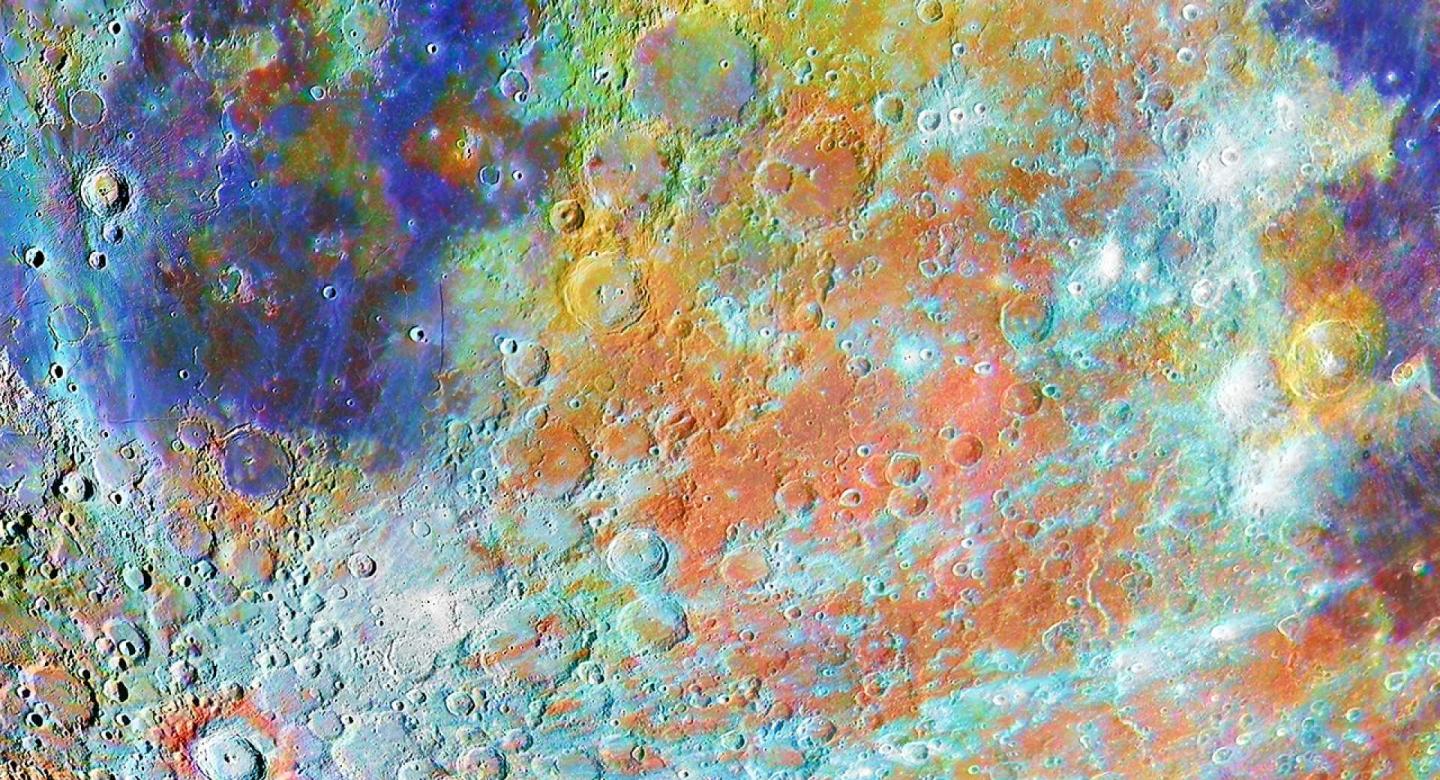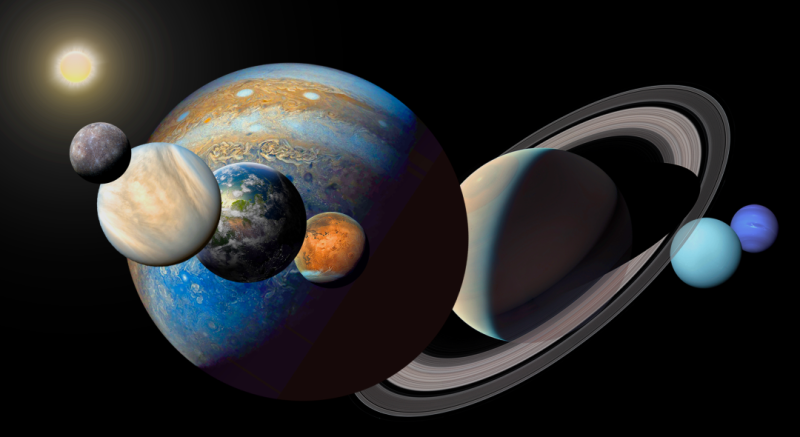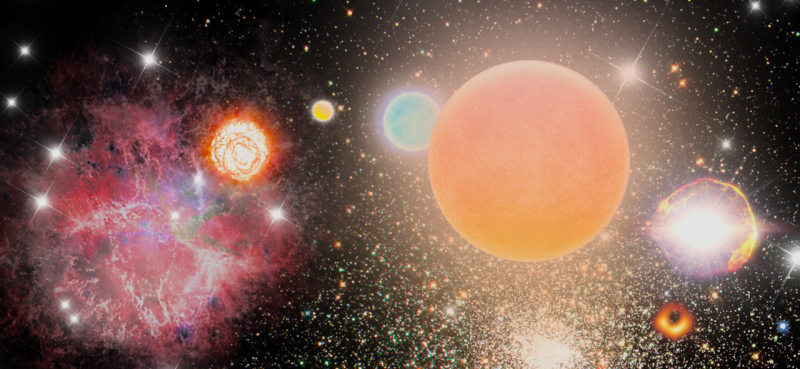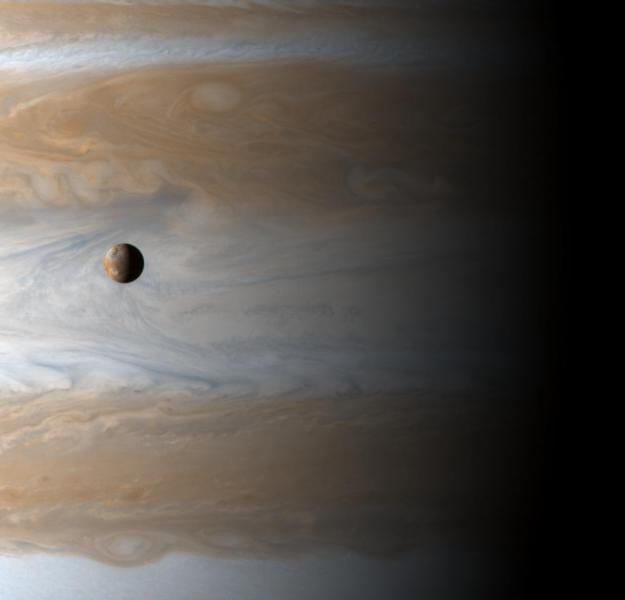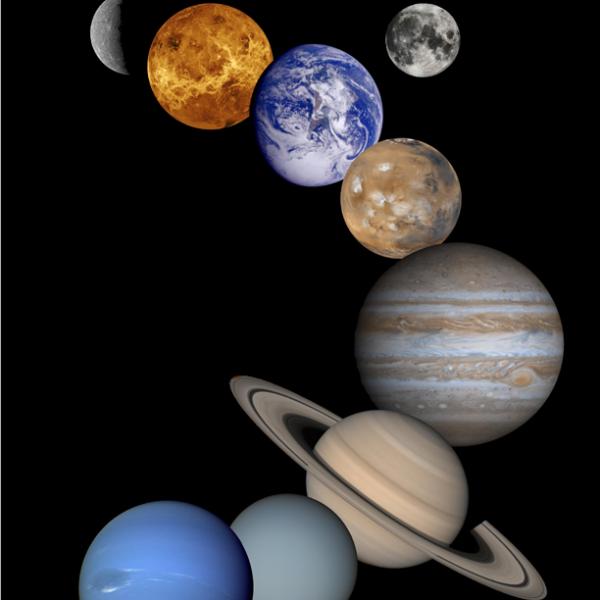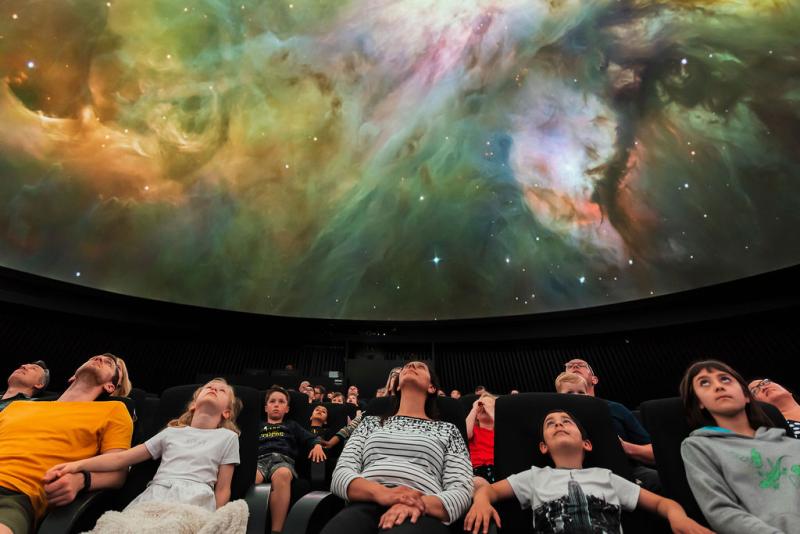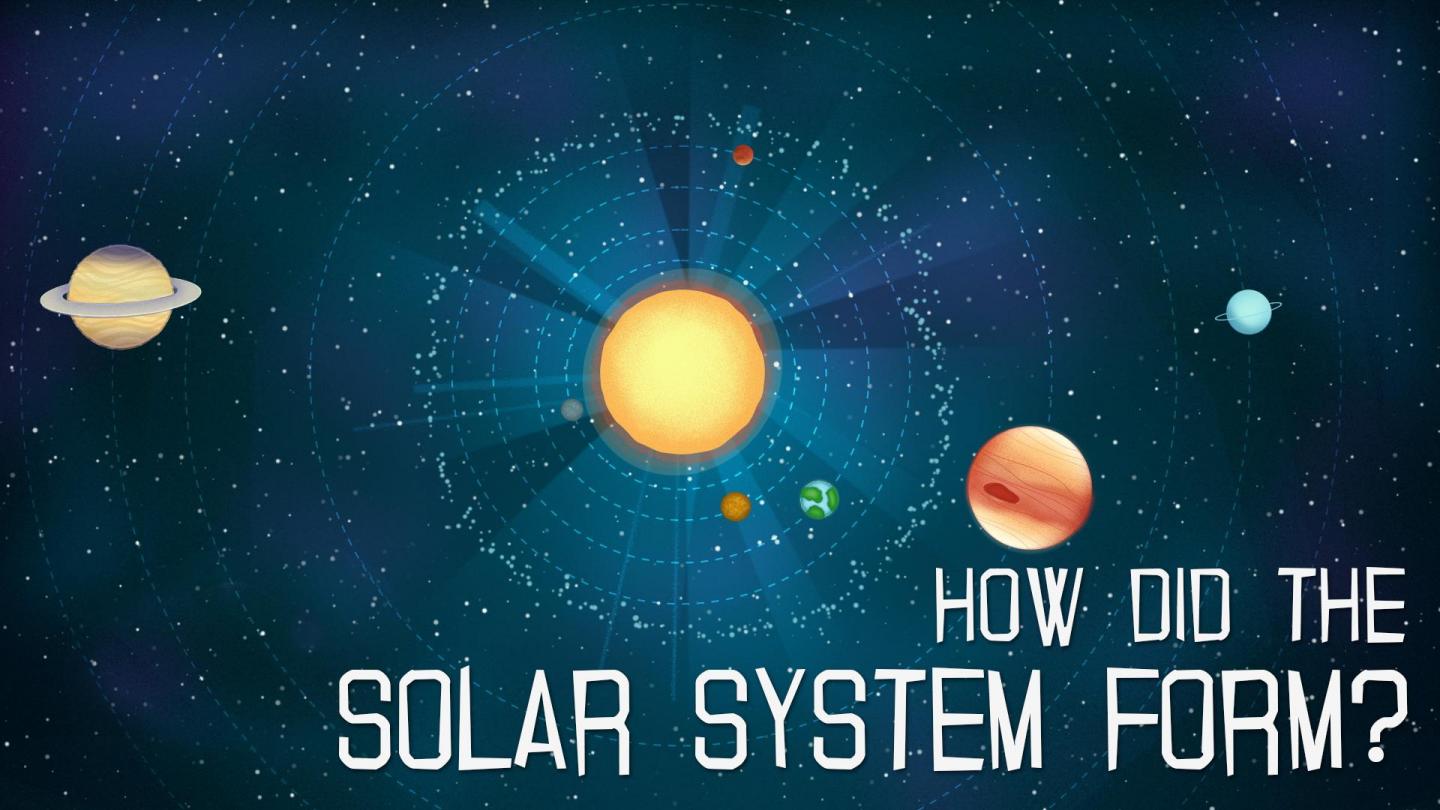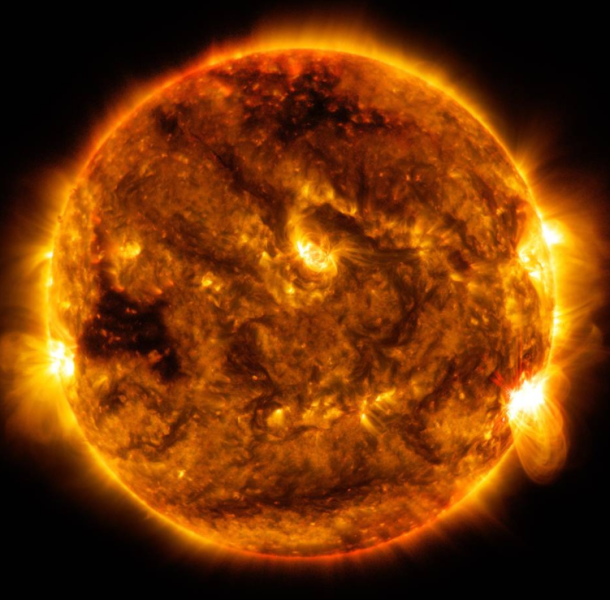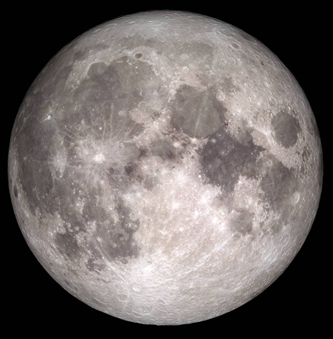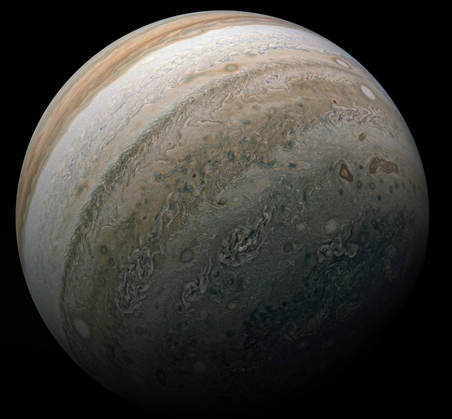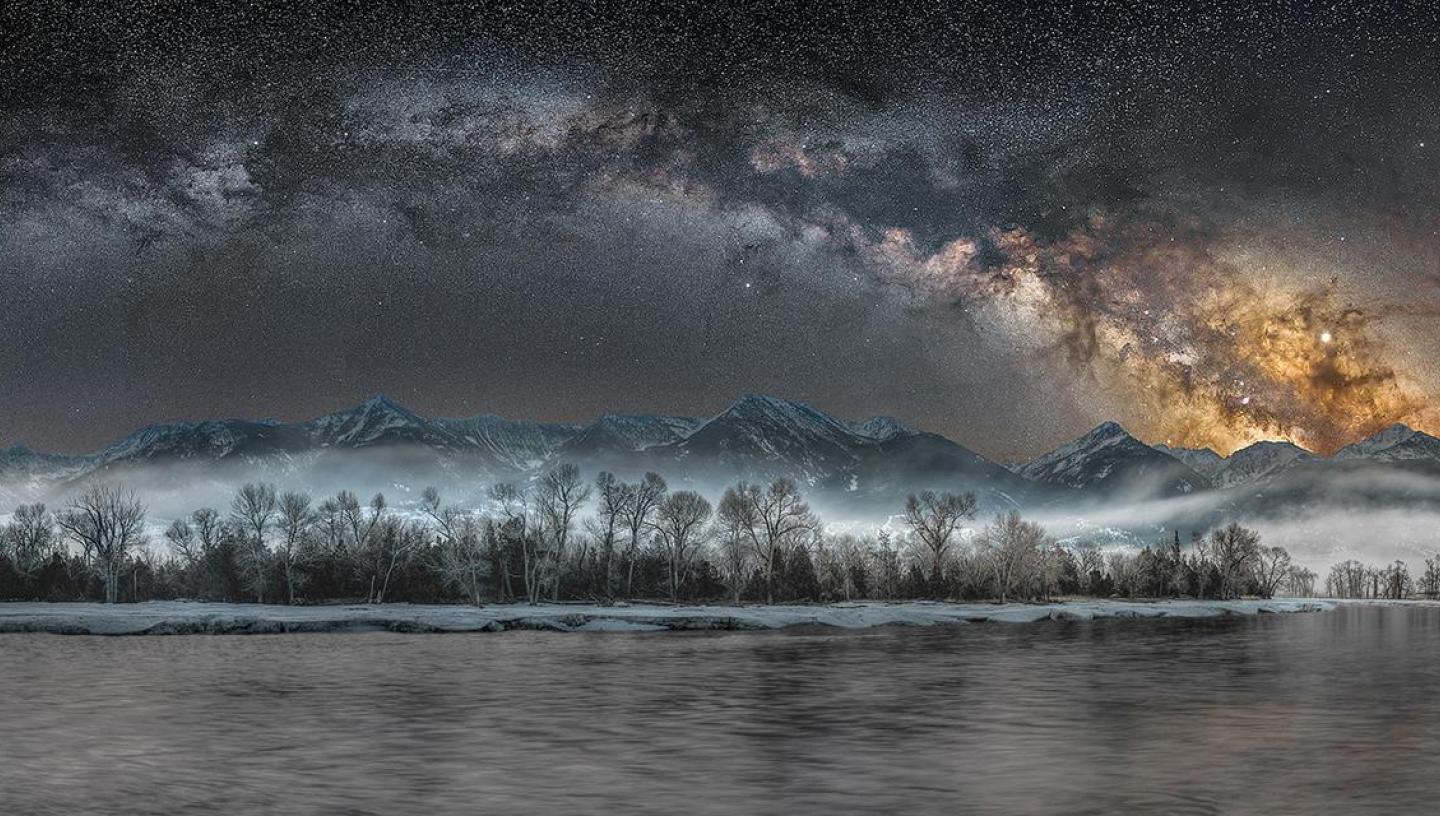
Discover what to see in the night sky in March 2021 including the red planet Mars and the constellation of Leo the Lion.
Top 3 things to see in the night sky in March
- 7 March - Mars lies between the Hyades and Pleaides star clusters
- 19 March - Use a telescope to explore the waxing crescent Moon
- Throughout the month - Scan the skies for the constellation of Leo the Lion
(Details given are for London and may vary for other parts of the UK)
Look Up! Podcast
Subscribe and listen to the Royal Observatory Greenwich's podcast Look Up! As well as taking you through what to see in the night sky each month, Royal Observatory Greenwich astronomers pick a topic to talk about.
For March, they're talking about new research that suggests that supermassive black holes could be made from dark matter, and they're exploring 'Farfarout': the most distant object discovered in our Solar System.
Have a listen below, then vote for your favourite story from this episode on our Twitter poll (@ROGAstronomers) during the first week of the month.
Our podcast is available on iTunes and SoundCloud
Astronomy in March 2021: key events and what to see
Northern Hemisphere throughout the month - Mars
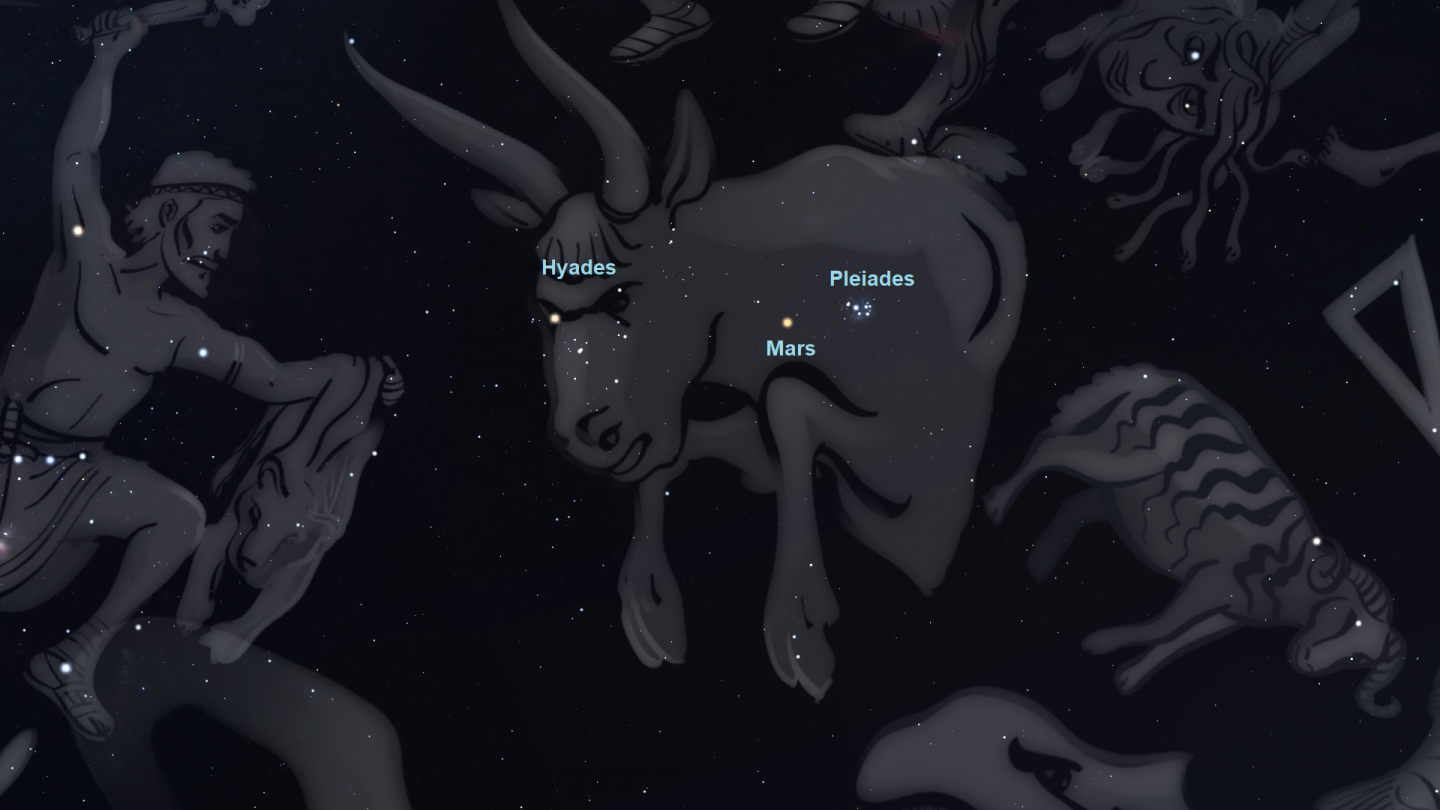
If you are still buzzing with excitement due to the arrival of the new missions at Mars, then why not add the red planet to your observing list this month.
Keep an eye on Mars throughout the month and you’ll see the red planet make its way through the constellation of Taurus the Bull. On the evening of the 7th, Mars will lie between the Hyades and Pleaides star clusters.
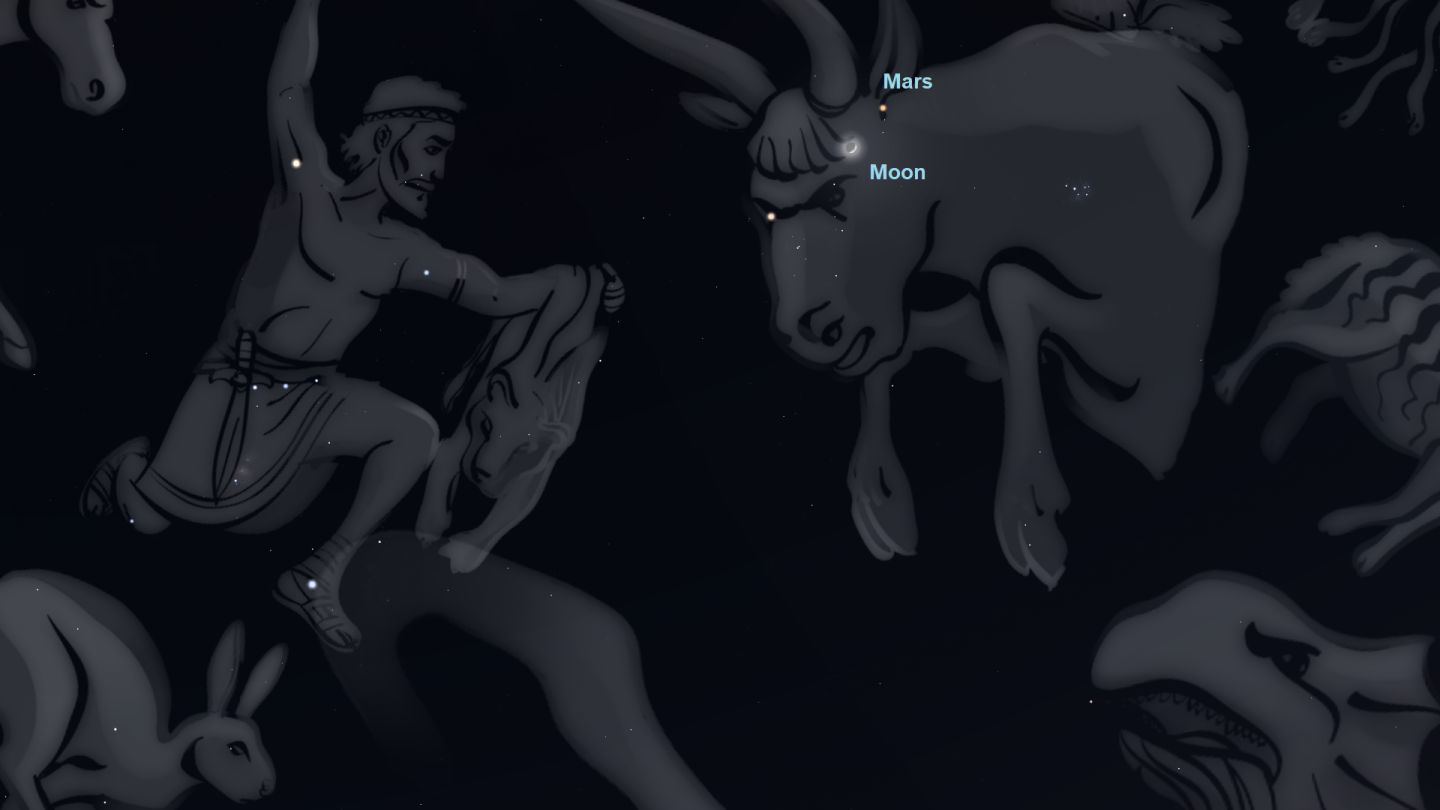
On the evening of the 19th, a waxing crescent moon will lie to the left of Mars.
If you do have a telescope, then have a look at both the Moon and Mars on the 19th – scan the craters on the Moon along the terminator, the dividing line between day and night, and you’ll see shadows being cast inside those craters. Switch your view to the red planet and you just might spot the colour variations on the surface of the planet. And while you’re looking at Mars, why not give all the intrepid robotic explorers a big wave?
20 March - The Vernal (Spring) Equinox
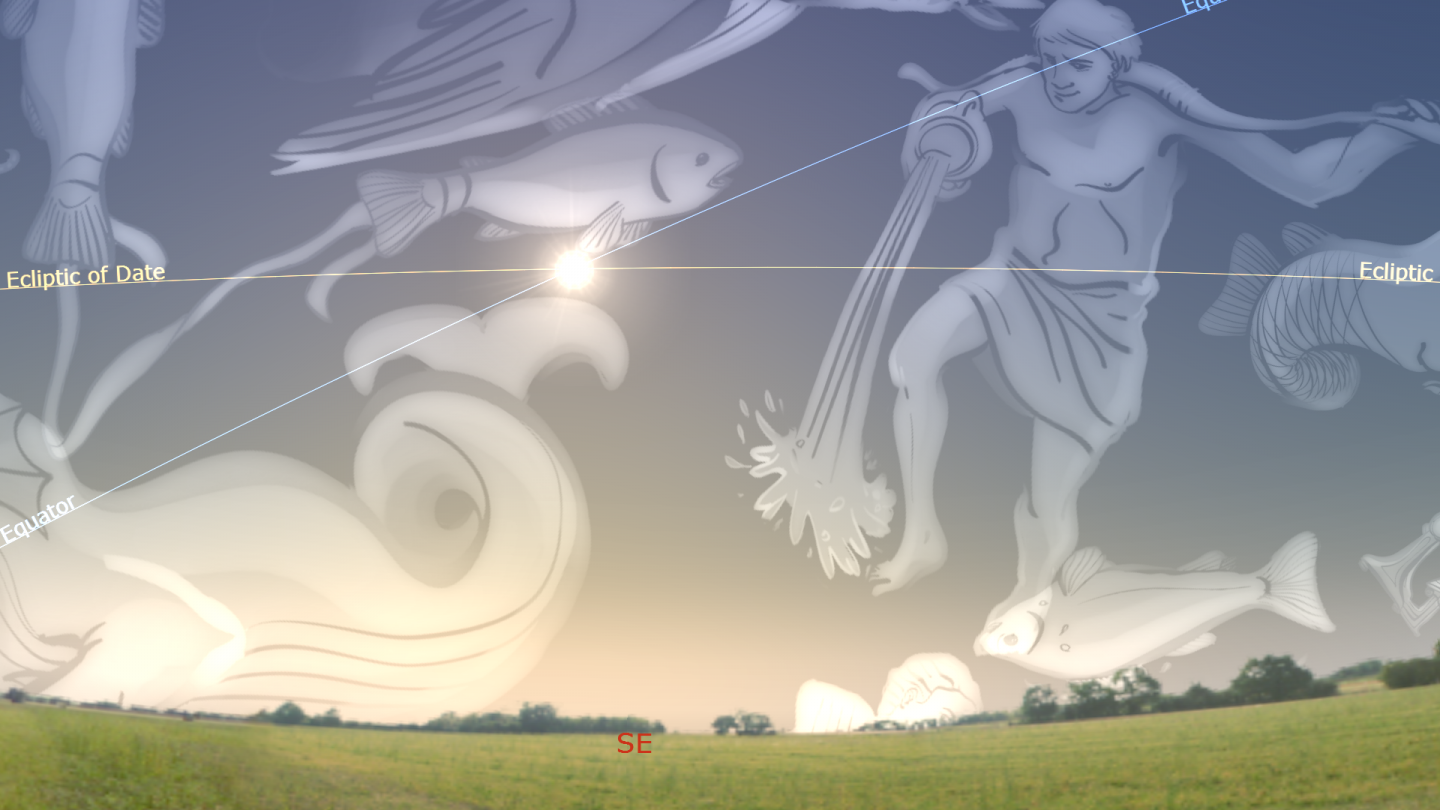
For all those who have had enough of the cold winter weather, the good news is that the warmer weather is coming. You might be wondering when spring begins and winter officially comes to an end. Well, that depends on the definition that you are using. Astronomically, spring begins at the March equinox, also known as the vernal equinox in the Northern Hemisphere.
This year, the March equinox occurs on the 20th. For those living in the Southern Hemisphere, summer officially ends at the March equinox, known as the autumnal equinox, and as the name suggests, autumn begins.
At an equinox, the Sun will shine directly on the equator and there will be nearly equal amounts or hours of daylight and night throughout the world on this day.
As for the meteorological definition for when Spring begins, because the spring months in the Northern Hemisphere are usually the months of March, April and May, by this definition spring starts on 1 March. Irrespective of which definition you choose to use, for those living in the Northern Hemisphere, we can look forward to warmer weather and longer days.
24 March - Spot the lion in the sky
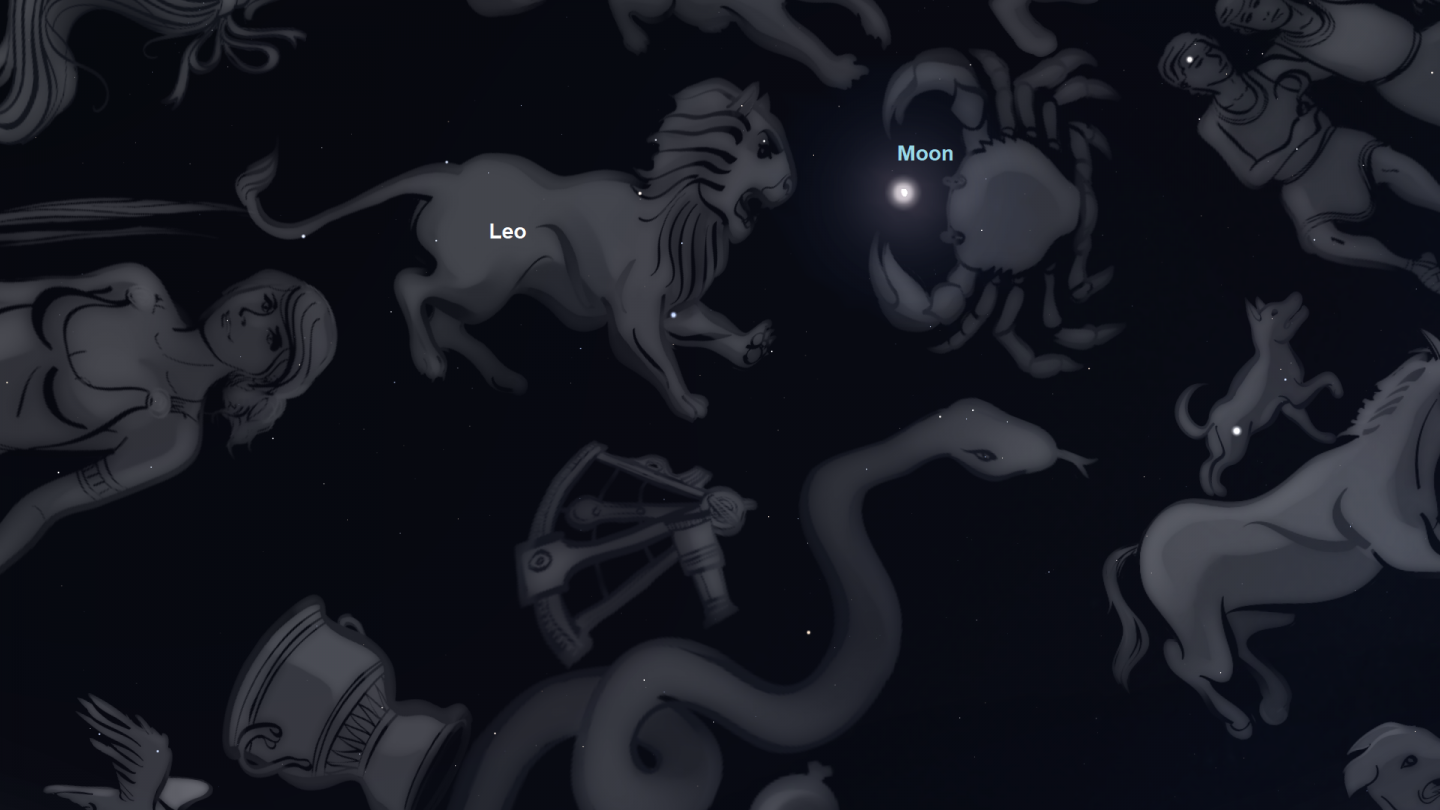
The constellation of Leo the Lion is one of the Spring constellations and one of the few constellations that actually resembles its namesake, and it’s a constellation that is easy to spot.
Scan the sky for a backwards question mark with a bright star at its bottom; this pattern of stars, known as an asterism, is called the “Sickle” and it marks the head, mane and chest of the lion.
On the night of the 24th, look to the left of the almost full moon and you should be able to spot the backwards question mark. The brightest star in the constellation is a star called Regulus – it’s the star that marks the bottom of the question mark.
To the unaided eye, Regulus may appear to be a single star but it is in fact a quadruple star system. If you have a good pair of binoculars and a steady hand, have a look at Regulus and you might be able to see two points of light. The brighter point of light is a star called Regulus A, whose stellar companion is thought to be a white dwarf star, while the fainter point of light is the other pair of stars.
28 March - The Worm Moon
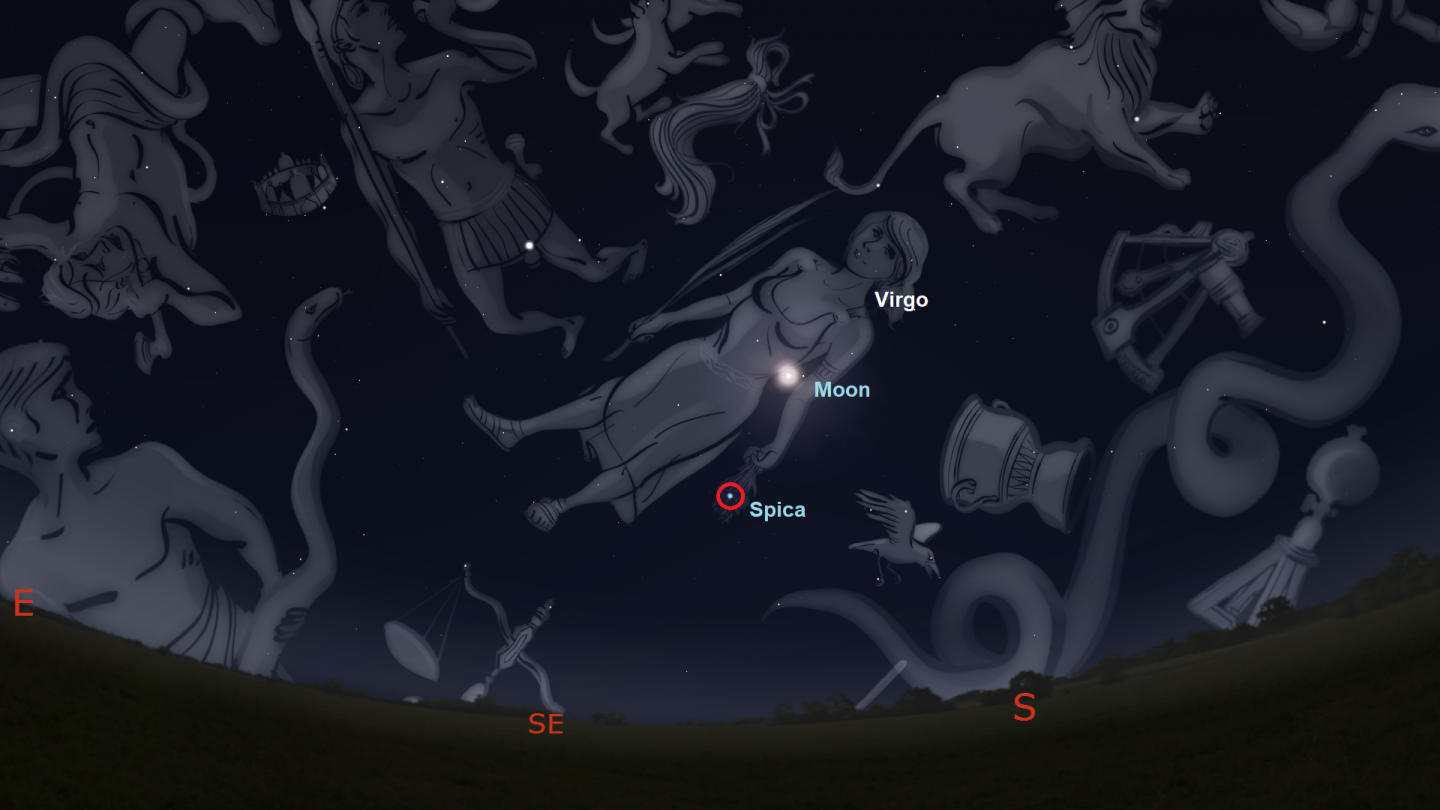
Different cultures around the world have given names to the full moon of each month. Most of the names used today come from Native American culture.
The full moon of March, which this year falls on the 28th, was called the Worm Moon by Native Americans because of the worm trails that would appear in the newly thawed ground. The full moon will be in the constellation of Virgo the Maiden and although the bright moon light will make it more difficult to see some of the stars, you should be able to spot the brightest star of the constellation, the star Spica, lying below the Moon.
Just as with Regulus in Leo, although Spica might appear to be a single star to the naked eye, it is in fact a binary star system with one star much brighter than the other. The two stars are so close that they whizz around their common centre of gravity and complete an orbit every four days.
Southern Hemisphere
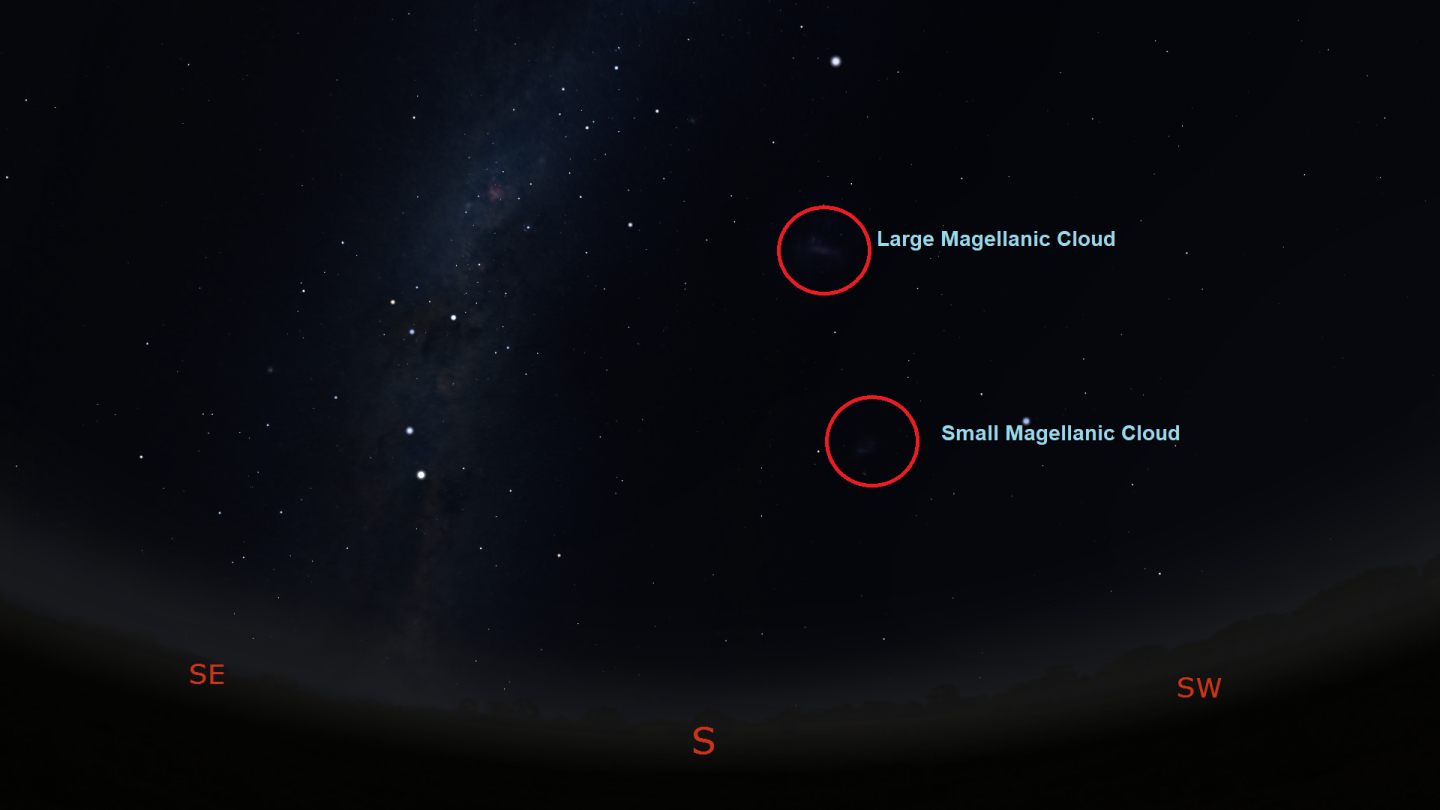
When looking for galaxies in the night sky with the naked eye, you might think that you are limited to only the Andromeda galaxy – but that’s not necessarily the case for those living in the Southern Hemisphere!
While Andromeda is our closest major galaxy, our Milky Way has two dwarf satellite galaxies, the Large and Small Magellanic Clouds. They are called dwarf galaxies because they are so much smaller than our Milky Way, with even the larger of the two being only about 14% the width of our own. They are much closer to us than the Andromeda galaxy, being only hundreds of thousands of light years away rather than millions, are much smaller in our sky and are very near the south celestial pole, meaning that you really do have to be in the Southern Hemisphere to find these little clouds.
If you are, take a look in the south to south-western parts of the sky well after sunset, and even with your naked eye you may be able to find these faint smudges – look with a telescope and you may even be able to make out some of the structure of these dwarf galaxies.
The Moon's phases this month
- 6 March: last quarter moon (1:30am)
- 13 March: new moon (10:21am)
- 21 March: first quarter moon (2:40pm)
- 28 March: full moon (7:48pm)
See the winning pictures from Insight Investment Astronomy Photographer of the Year 2020
Stargazing Tips
- When looking at faint objects such as stars, nebulae, the Milky Way and other galaxies it is important to allow your eyes to adapt to the dark – so that you can achieve better night vision.
- Allow 15 minutes for your eyes to become sensitive in the dark and remember not to look at your mobile phone or any other bright device when stargazing.
- If you're using a star app on your phone, switch on the red night vision mode.
- Need a stargazing telescope or binoculars? Check out our range of high quality observing equipment recommended by Royal Observatory Greenwich astronomers.
See our range of observing equipment
Share your pictures
This month's banner image is 'Cold Night on the Yellowstone' taken by Jake Mosher and it is one of the shortlisted images from the Insight Investment Astronomy Photographer of the Year competition 2020.
Would you like the chance to have your image of the night sky used for our banner image? If so, share your photos via our Royal Observatory Astrophotography Facebook group.
You can also connect with us on Twitter: @ROGAstronomers
Subscribe to our YouTube channel and join us on a journey through time and space as we explore our Universe.
Online Planetarium shows
Join us for live planetarium shows presented by the astronomers from the Royal Observatory Greenwich.
Observatory Online
In our Observatory Online video series, posted on our Twitter account, our astronomers explore different topics in Astronomy and space exploration. Each week we'll also show you what's up in the night sky for that week, so do keep an eye on our Twitter account if you're a keen stargazer.
Resources for teachers and students
The Royal Observatory Greenwich's learning team has also created:
- Free animated videos that answer the biggest questions in astronomy and free resources to go alongside them.
- A whole host of podcasts featuring interviews with real space scientists, astronauts and active researchers working in UK universities.
- A 'learning at home' hub which contains a suite of resources for you to use at home.
